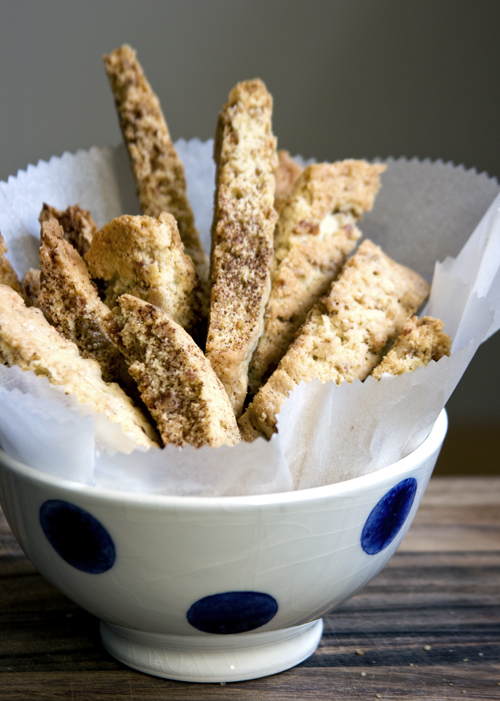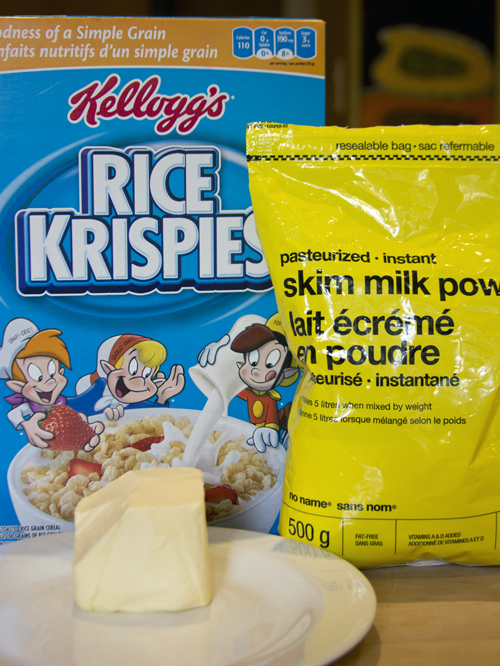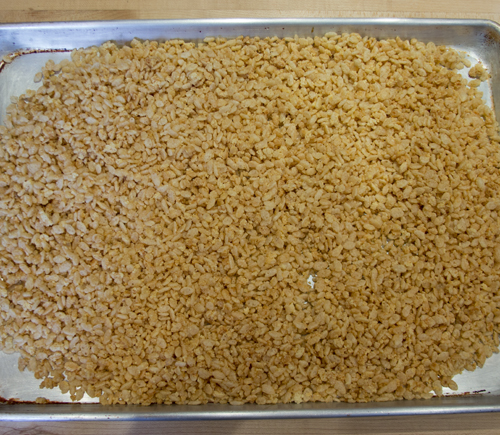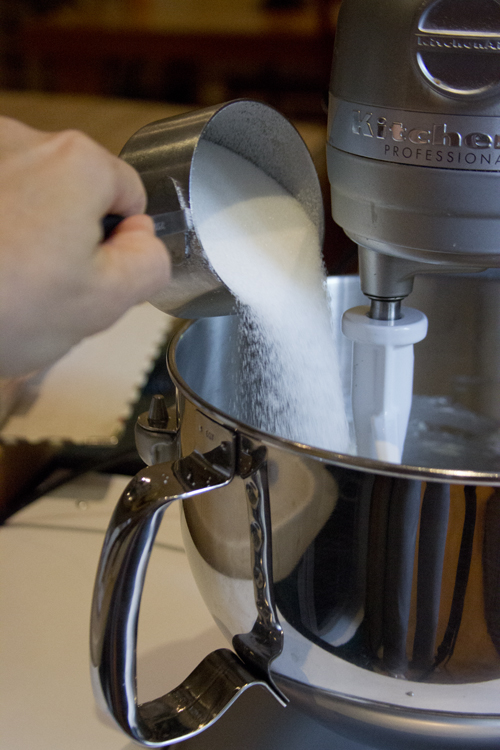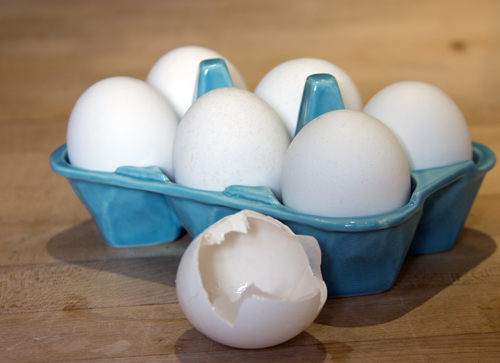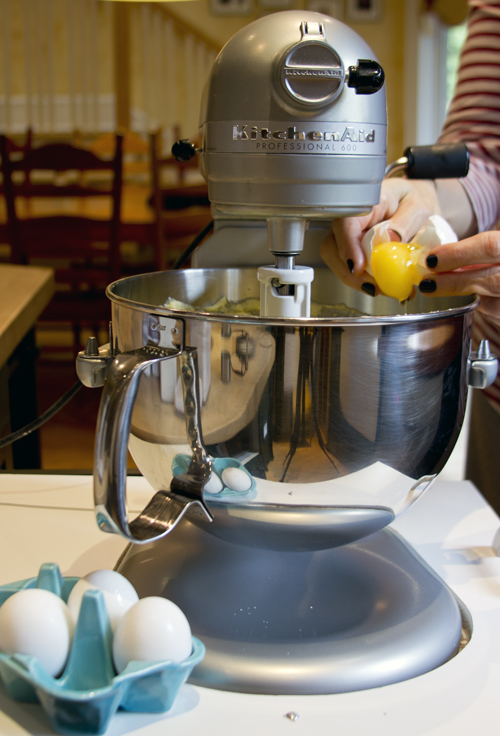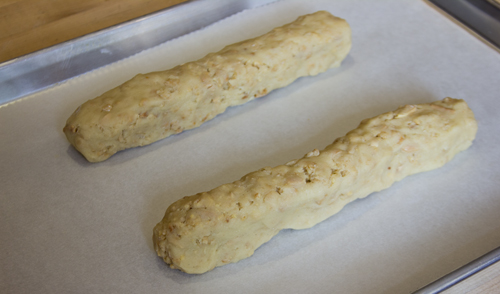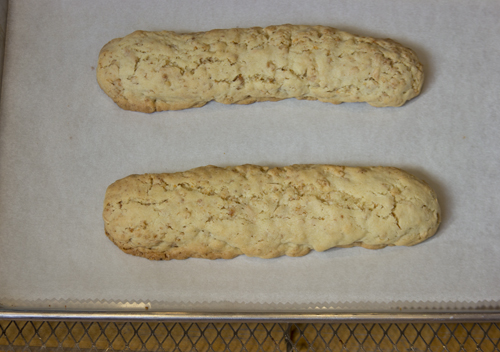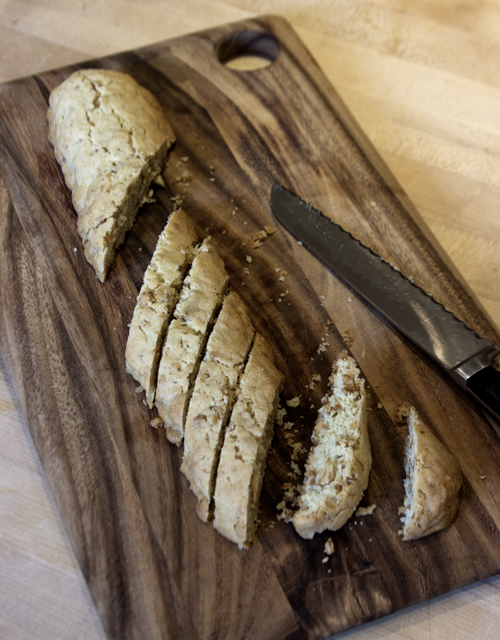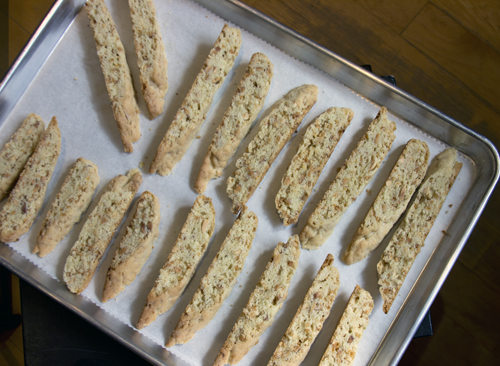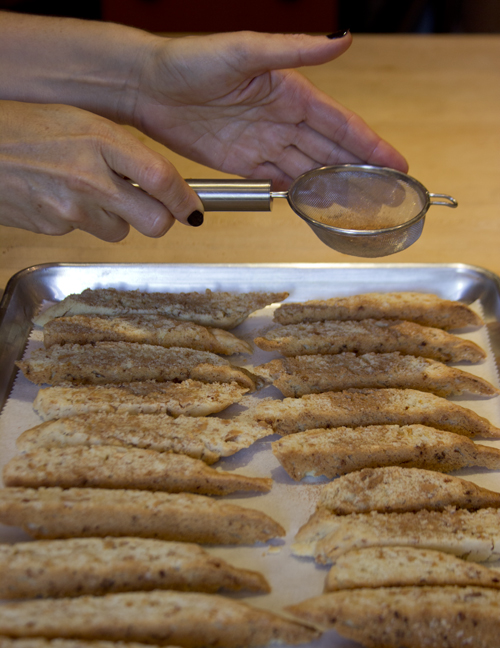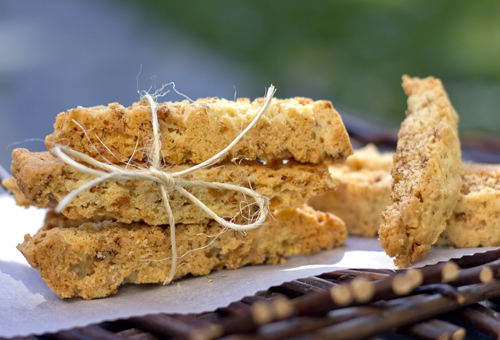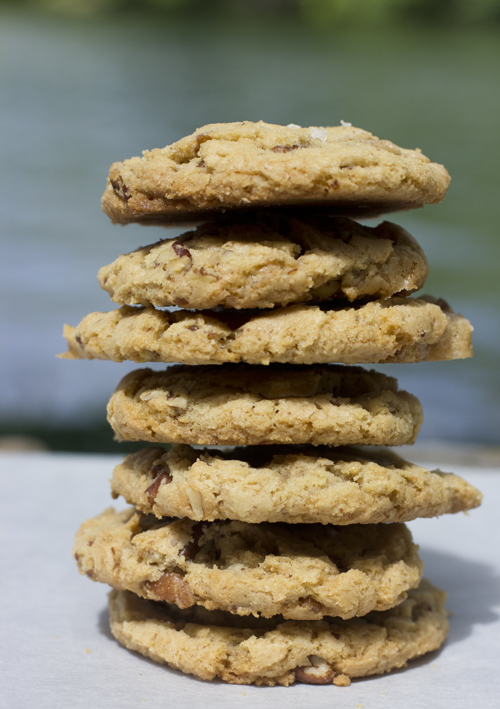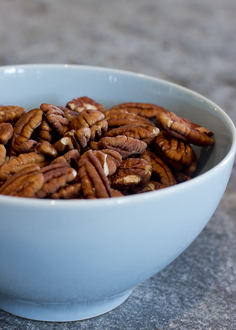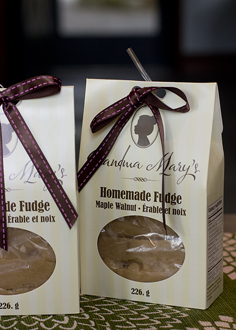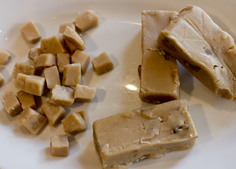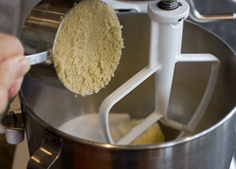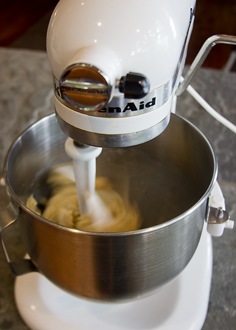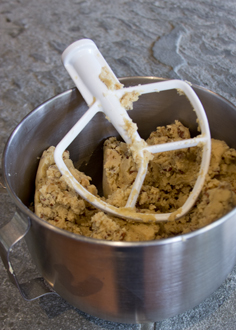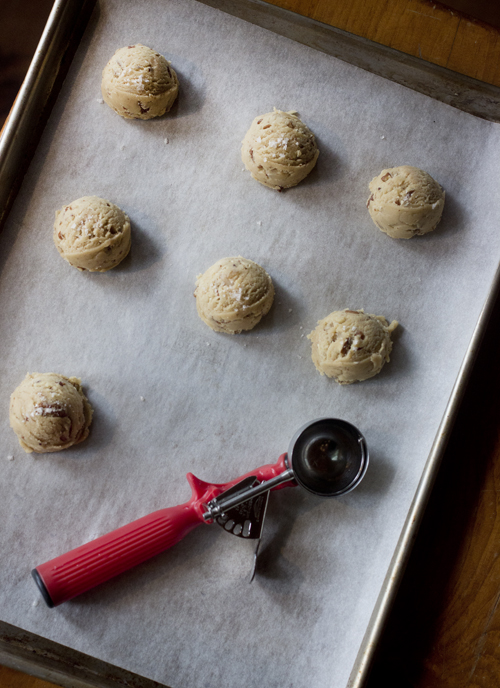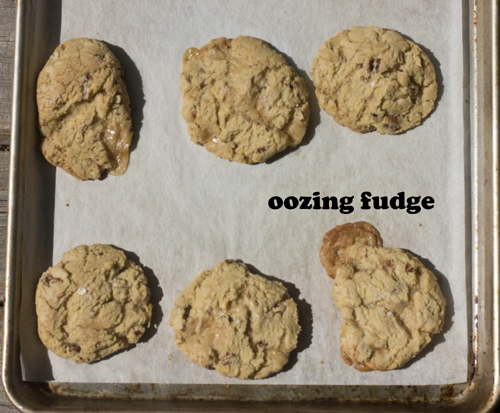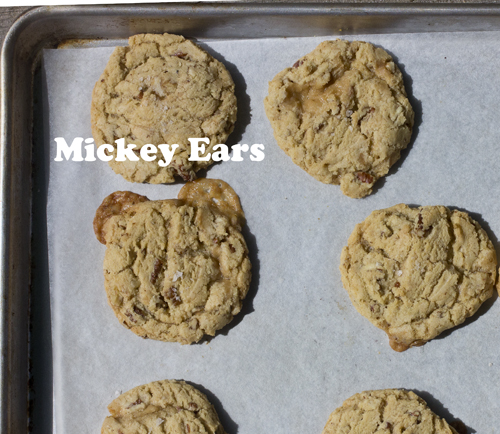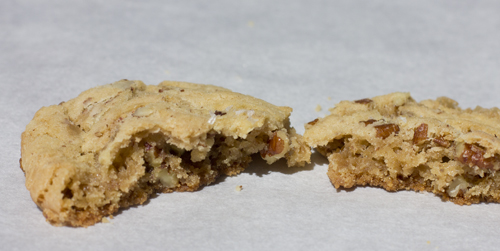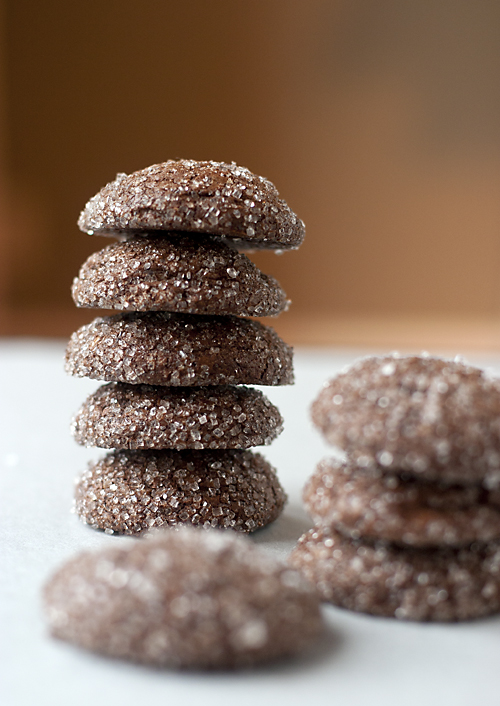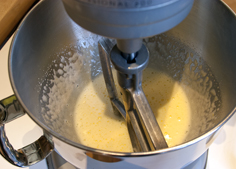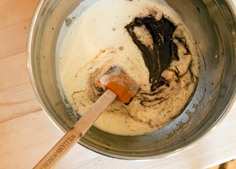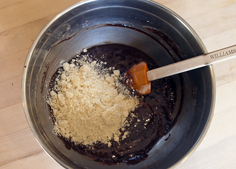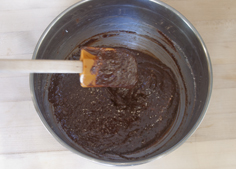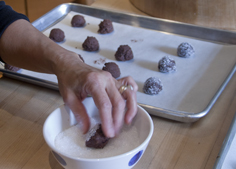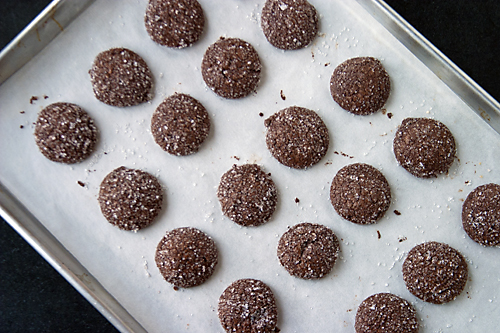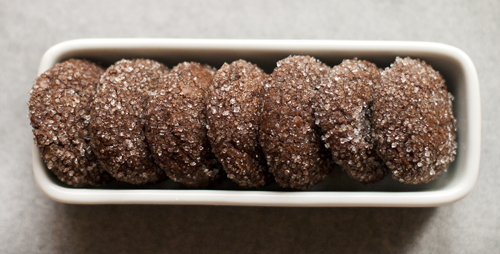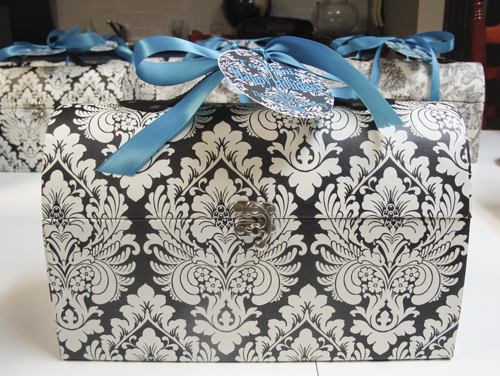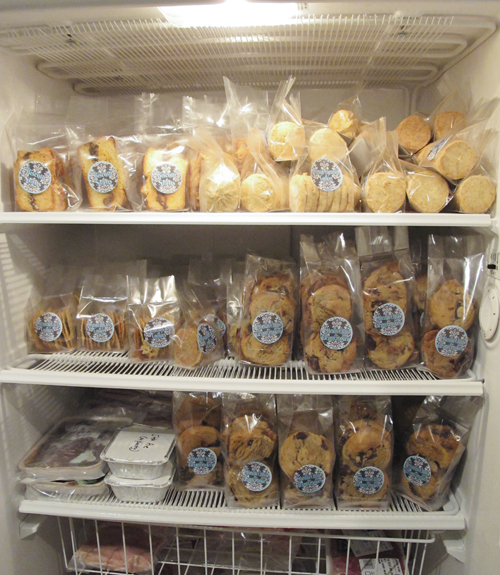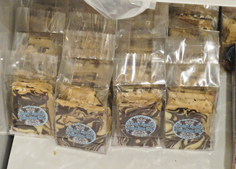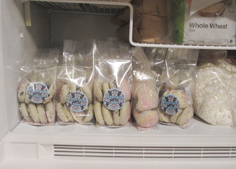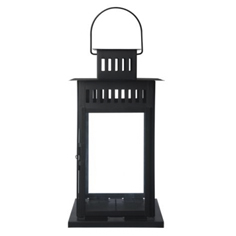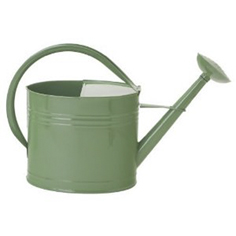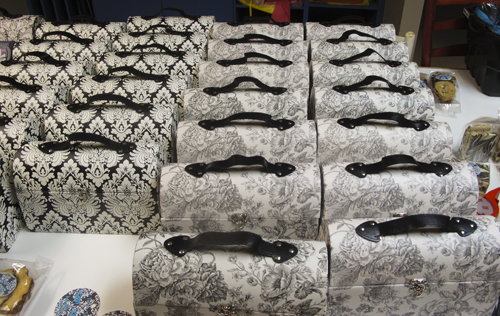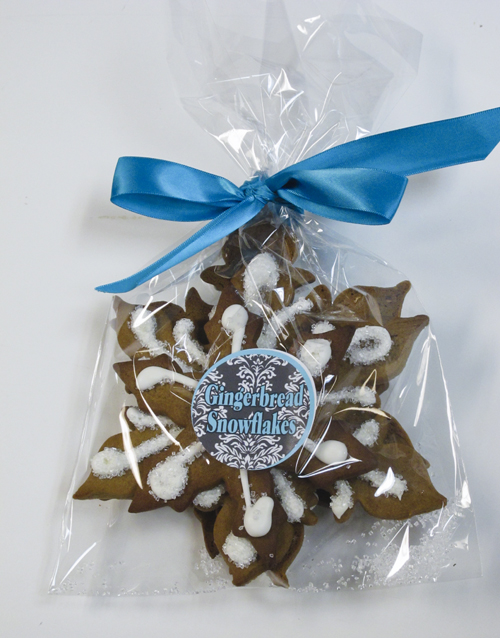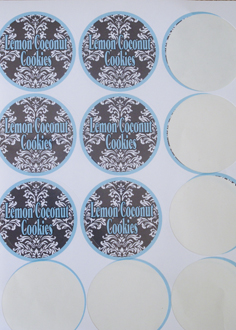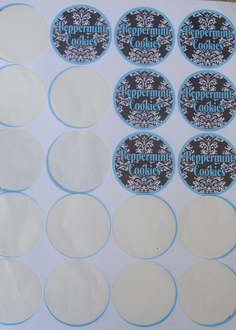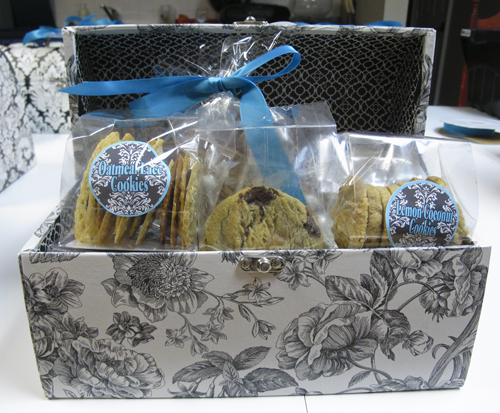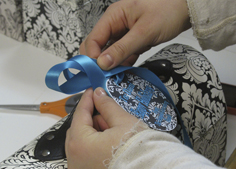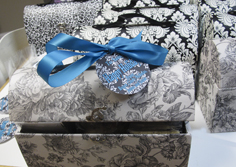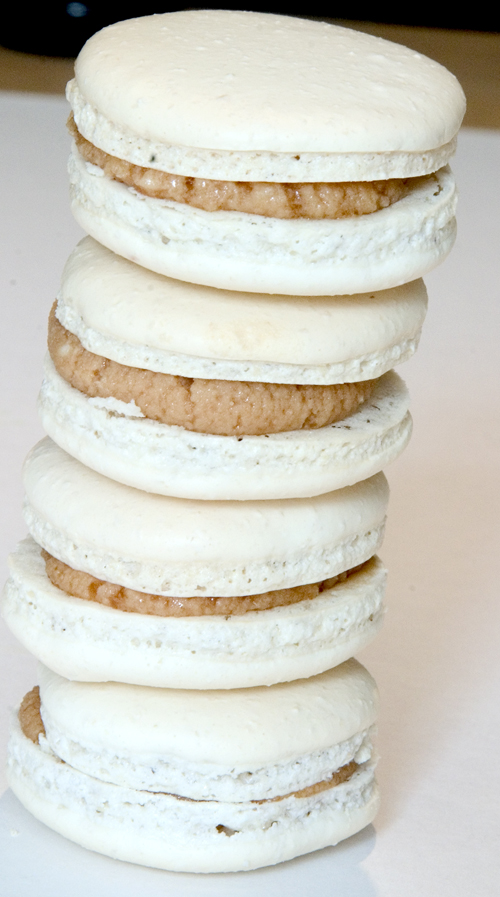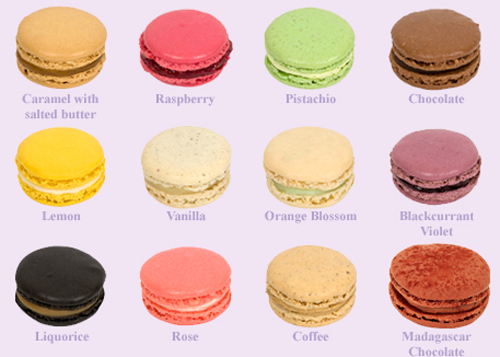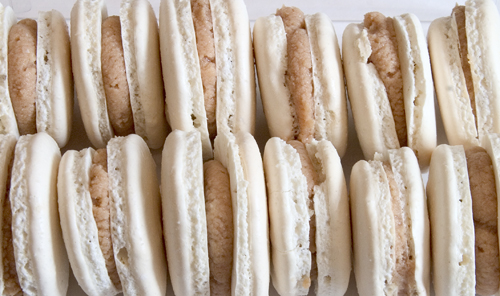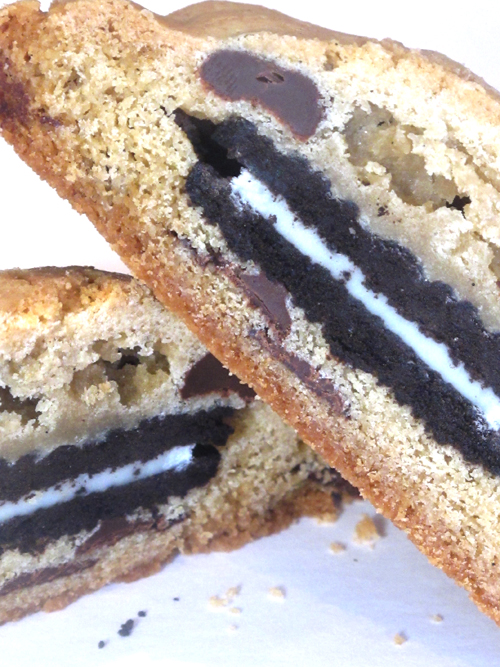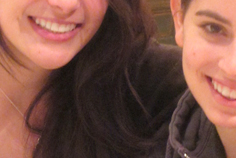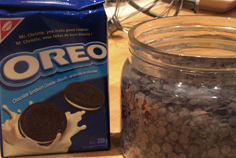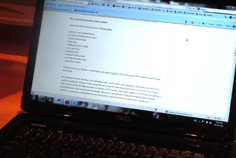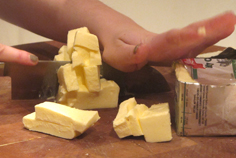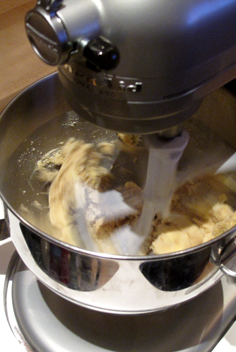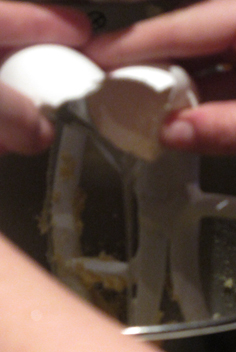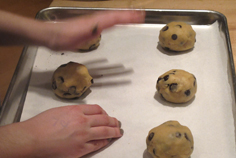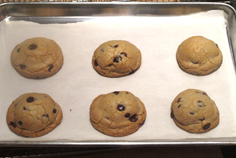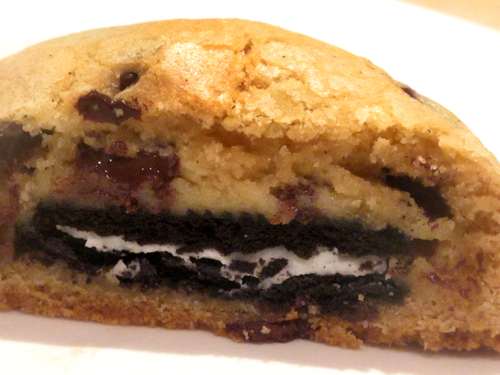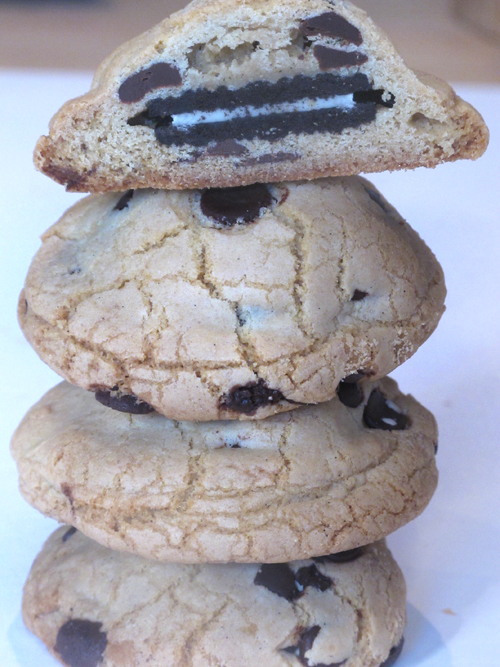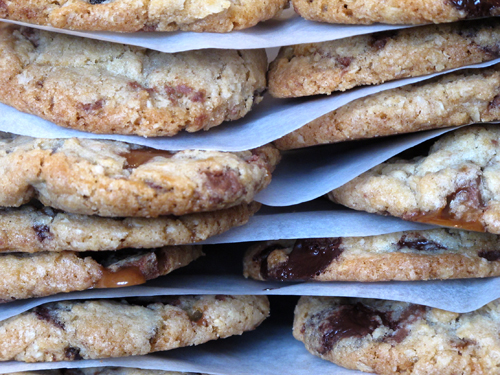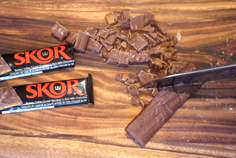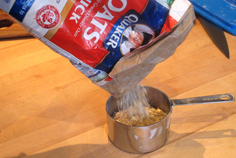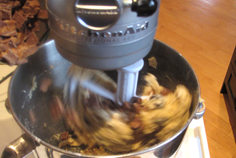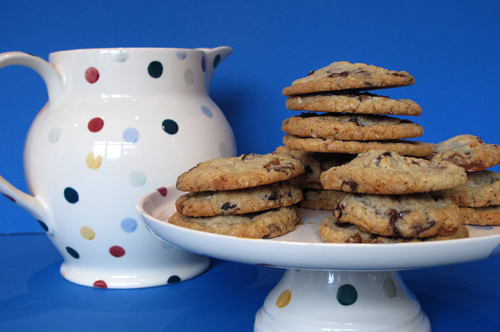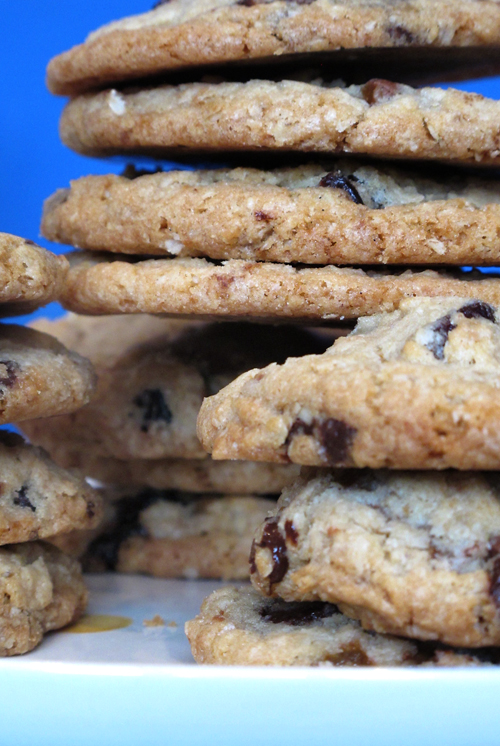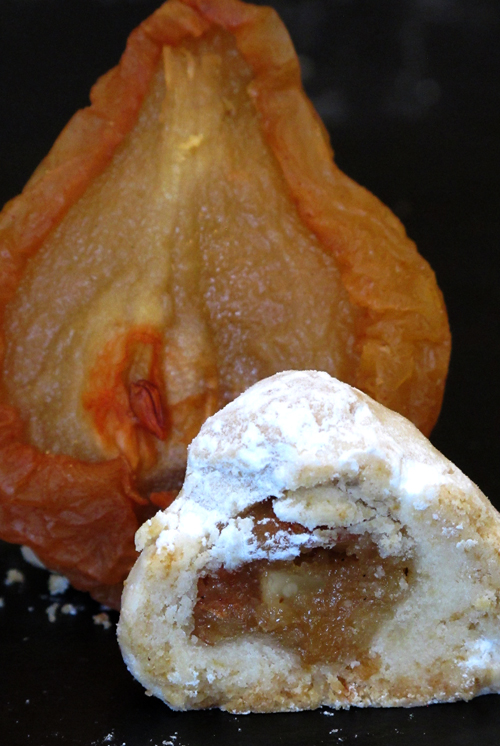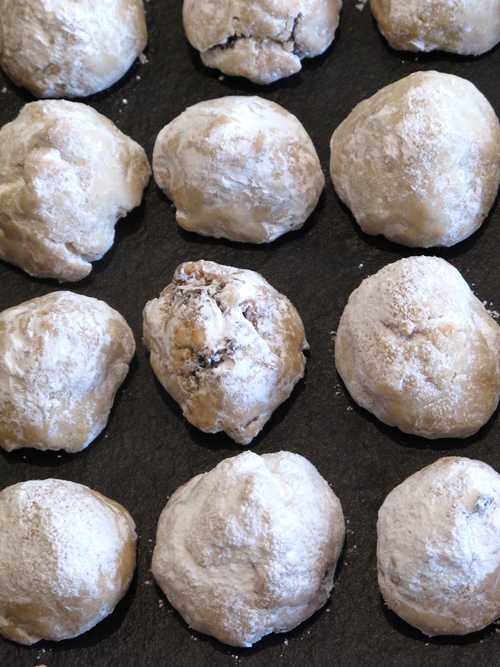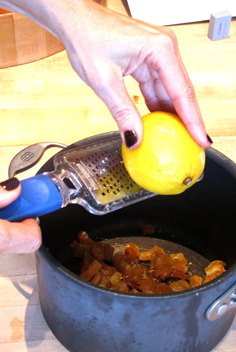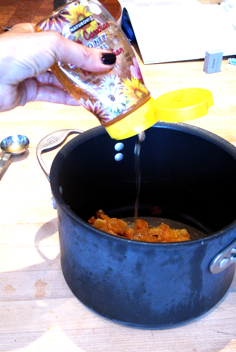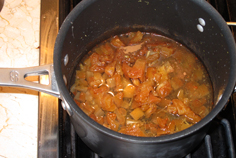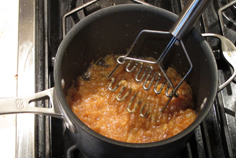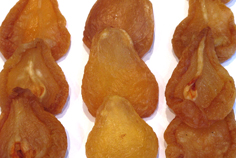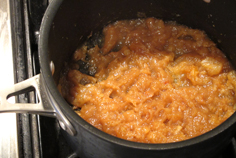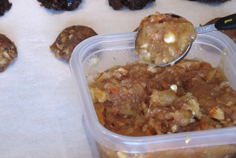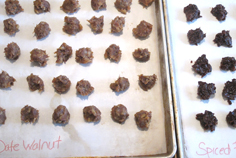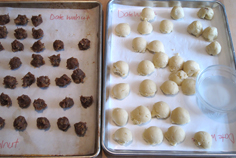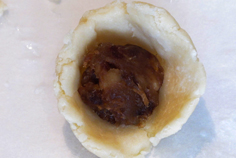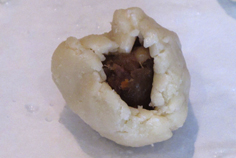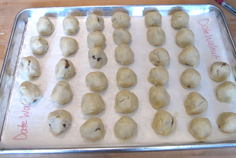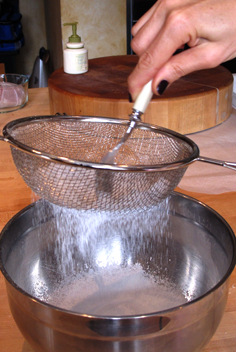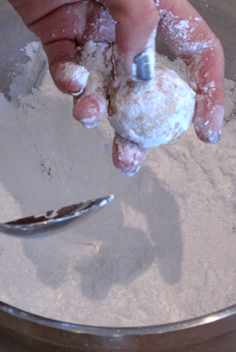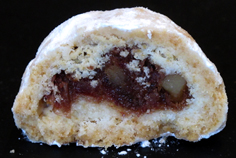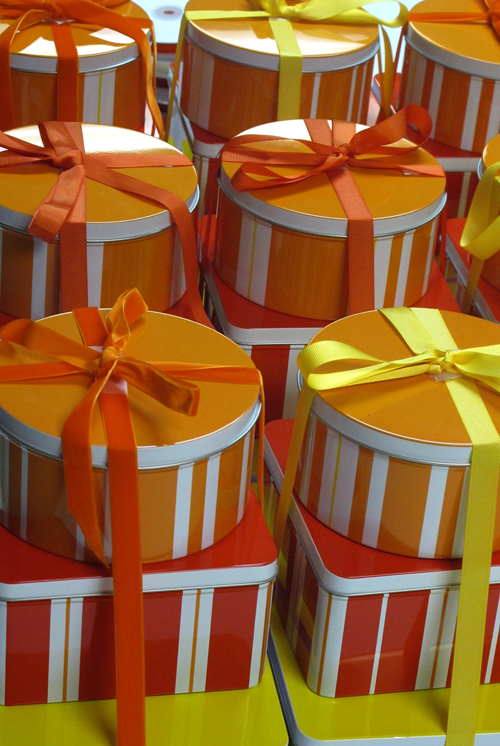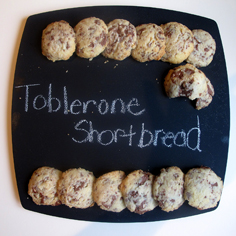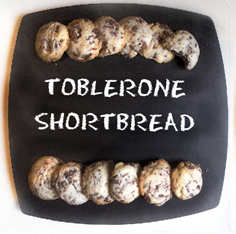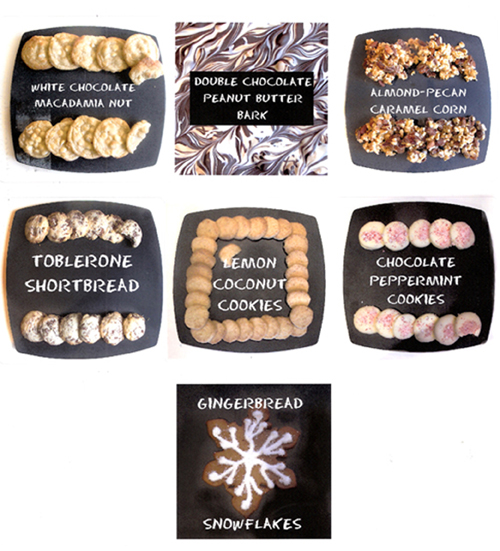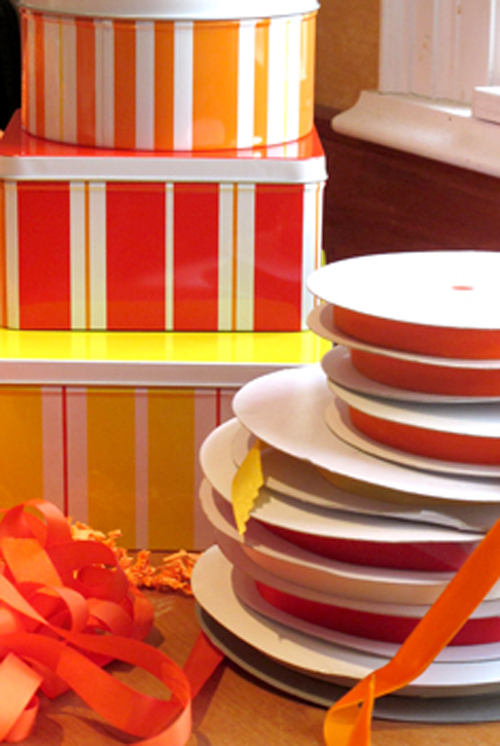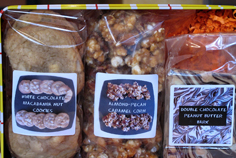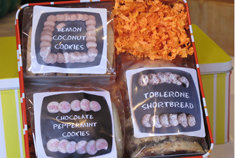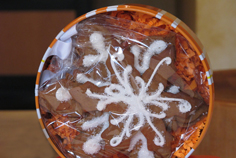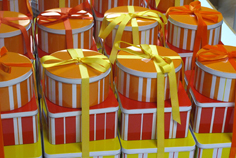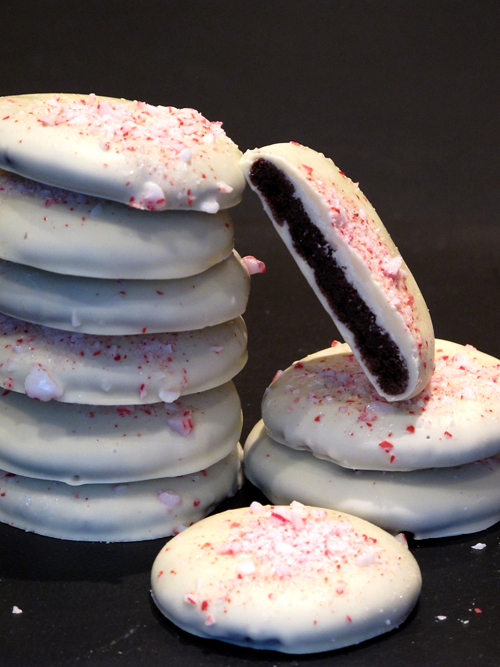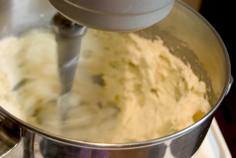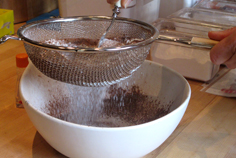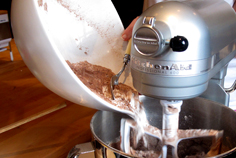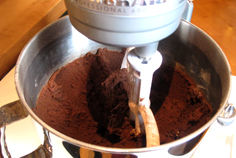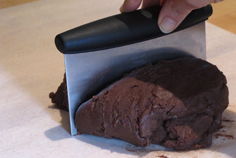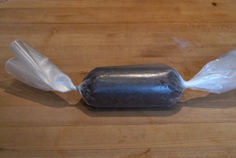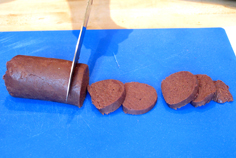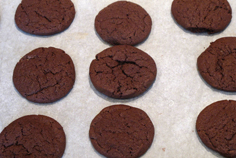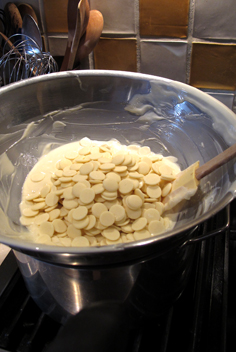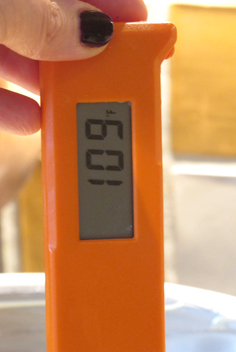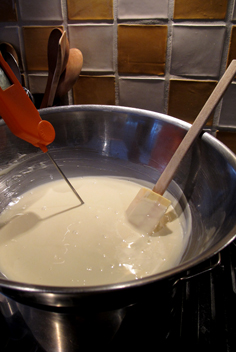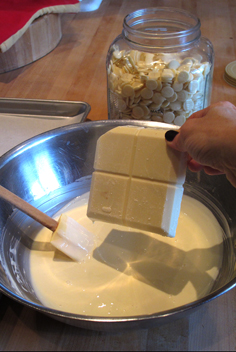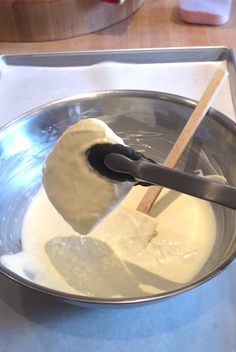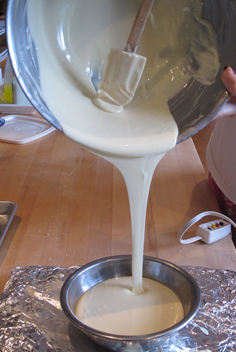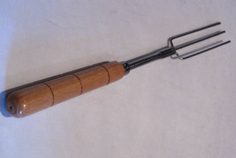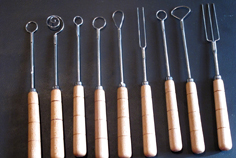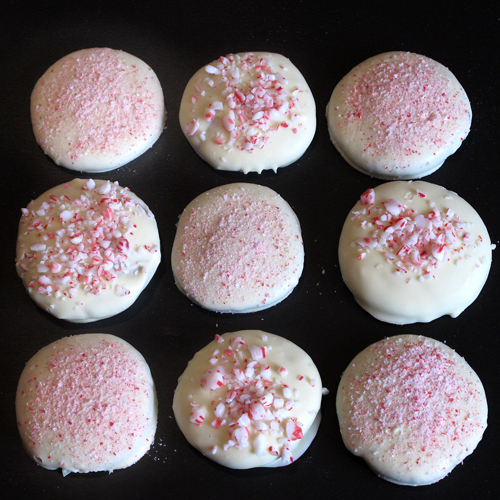One of the things I love best about blogging is connecting with other like-minded food obsessed folks. These are my people, they speak my language. Not only do they share my passions, but they share their ideas and always give credit and a huge shout-out of love and support to those that inspired them. It’s a wonderful freaking mutual admiration society. Food bloggers are generous of spirit. They are excited by what they discover and rather than hoard this new knowledge, they want to share it.
The inspiration for this blog came from Jayne Maynard’s blog, What’s for Dinner. She blogged about these crispy crunch chocolate chip cookies she had created. Jayne was inspired by a chocolate chip cookie with Rice Krispies in it that a bakery in her hometown made. She could not seem to get the cookies quite as crispy as they did. it was bugging her. Then she had her eureka moment when she remembered Christina Tosi, the genius behind Momofuko Milk Bar, and her brilliant creation of “The Crunch”.
Basically, Christina takes different cereals (Rice Krispies or Corn Flakes or Captain Crunch or Fruity Pebbles), mixes them with milk powder, a bit of sugar, melted butter and salt and bakes it at a low temperature which yields a perfect balance of sweet, salt and caramelized crunch in every bite. The melted butter acts as the glue to hold it all together and the milk powder coats everything and adds a bit of extra sweetness. She uses “The Crunch” as an addition to pie crusts, cookies, cakes and every other imaginable sweet out there.
Jayne mixed up a batch of “Crispy Crunch” (Rice Krispies baked with milk powder, melted butter, sugar and salt) added it to some chocolate chip cookie dough and arrived at the cookies she was dreaming about.
I was curious to see what would happen if I added the crunch to something already crunchy, like Biscotti. Would Crunch + Extra Crunch be amazing?
I started by mixing up a batch of Rice Krispie Crunch.
Golden brown and gorgeously caramelized once out of the oven, this is some pretty addictive stuff.
Butter and sugar get creamed together. Add eggs and vanilla.
Flour, baking powder and salt round out the dry ingredients. I added some toasted slivered almonds along with the Rice Krispie Crunch, because, really, you can never have enough crunch! This is a wet and sticky dough. You will need some extra flour for your hands and counter as you shape logs. I formed 4 logs, each about 9 inches long, 1 inch wide and 1 1/2 inches high. Place 2 logs on each parchment lined baking sheet.
After 25 minutes in a 300° F oven, they will look like this:
Turn down the oven to 275° F and let biscotti loaves cool for about 30 minutes. Slice on the diagonal about 1/2 inch wide, using a serrated knife. Place cut side up back onto parchment lined baking sheet. Dust with cinnamon and bake for an additional 20-25 minutes.
While traditional biscotti typically contain very little fat, this recipe uses a full cup of butter. They are firm and crisp like biscotti should be, but not at all dense and heavy. Because of the extra butter, they have a wonderful light and airy texture.

